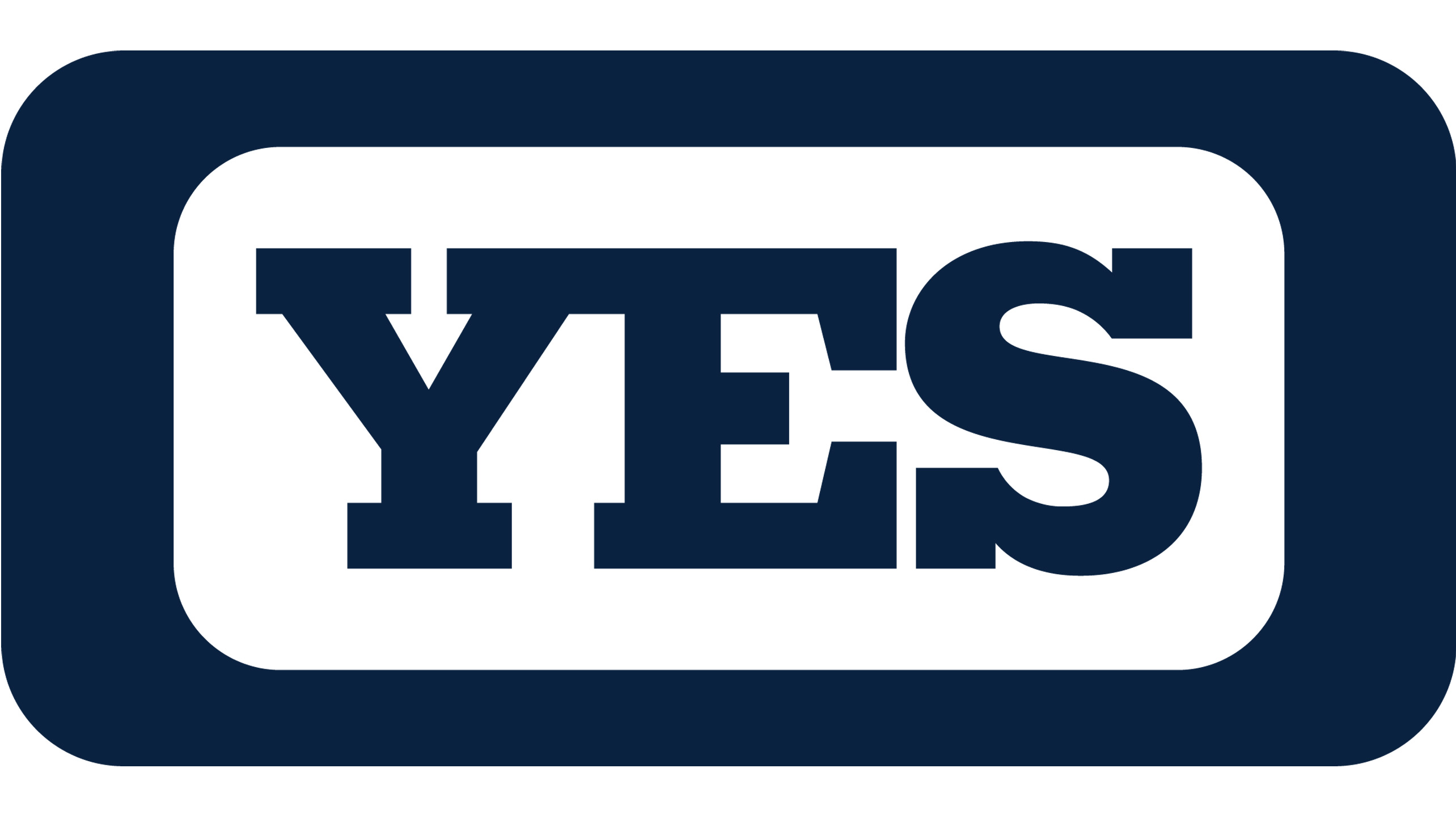
It's official. Max Fried is in the fold, signed to an eight-year contract and introduced to the New York media on Wednesday.
What better way to prevent runs than by creating a righty-lefty tandem of aces at the top of the starting rotation who have the lowest earned run averages in MLB since 2019 among pitchers who’ve thrown at least 800 innings? Gerrit Cole ranks first at 2.98 followed by Fried at 3.06.
Fried’s resume includes plenty of accomplishments, including a World Championship with the 2021 Braves, two All-Star nods, three Gold Gloves and a regular season win-loss record that is 37 games above .500 at 73-36. The 6'4" southpaw from Santa Monica, Calif. isn’t just elite…he’s complete. He’s fundamentally sound. He's a fierce competitor with an ice-water-in-his-veins demeanor who might conjure up memories of Mariano Rivera and Andy Pettitte from the dynasty days.
Using a repertoire that includes seven different pitches, Fried led all National League pitchers with a 58.8 ground ball percentage in 2024 while having an average exit velocity against him of 86.3 mph, second-lowest on the Junior Circuit. His curveball was a particularly strong asset, for the NL hit just .154 against that pitch. Max can spin it.
In his career, the average velocity of his curveball is 74.4 MPH. I find that velocity, or the lack thereof, to be significant.
A few years ago, I wrote a column titled "What's the Difference" , with the point of the column being that almost every elite starting pitcher has a significant difference in velocity between their fastest and slowest pitch. This is known as velocity separation. I personally put a premium on this concept and feel that it is not evaluated as much as it should be.
Let’s focus on the first three games of this past World Series. The Dodgers’ starters aside from Ben Casparius, who was used as an opener in Game Four, were Jack Flaherty, Yoshinobu Yamamoto, and Walker Buehler. The Yankees’ starters over the first three games were Cole, Carlos Rodón and Clarke Schmidt. Let's look on the high-end of pitch velocity first. 96-mph fastballs were thrown by Flaherty and Cole on their respective first pitches of Game One. In Game Two, Yamamoto’s first pitch was a 98-mph fastball while Rodon threw a fastball one mile slower. Schmidt began Game Three with a 94-mph cut fastball, and Buehler threw a standard fastball at the same speed. Now let's look at the slowest pitches. The Dodgers’ trio threw 65 pitches 80 mph or slower; the Yankees’ starters didn’t throw any. All 65 pitches of those pitches by Los Angeles were curveballs, with Flaherty throwing it on 39 percent of his pitches in Game One, the highest percentage by a pitcher against the Yanks in all of 2024. In Game Three, the Yankees took 24 fastballs for strikes, one of the largest totals by any MLB team throughout the year. Why? The Dodgers’ slow pitches increased the effectiveness of their fast ones, throwing the Yanks’ timing off at the plate. Los Angeles starters had a greater separation of velocity than their New York counterparts. One of them had the final say in the series too, with Buehler finishing Game Five with a 16-pitch performance that included ten curveballs below 80 mph.
2024 was not the only recent postseason in which the Yankees were impacted by curveballs. Lance McCullers Jr. famously threw 24 straight to end the 2017 ALCS. Framber Valdez delivered prolific use of the curve when he used it on nearly 40 percent of his pitches, 40 out of 101, to defeat the Yanks in Game Two of the 2022 ALCS. The 2019 Astros threw plenty of them, guided by longtime Houston pitching coach Brent Strom who helped Cole take his career to new heights with curveball usage during his tenure with the Astros. The one game the Yankees did win against the Dodgers was a contest in which they did not see a steady diet of off-speed pitches, Game Four against Casparius and a trio of arms that followed him.
Fried will allow velocity separation to become an asset for the Yankees. The average speed of his curveball is 74.6 mph, 19.3 mph slower than his average fastball. A difference of ten mph or more is considered good, so the lefty is outstanding in this area. The curve was taught to him by his father Jonathan, who idolized the legendary Sandy Koufax and inspired Max to try and pattern his curveball after the one thrown by the Hall of Famer and Brooklyn native, who began his MLB career at home before the Dodgers moved out west. Now, as 2024 enters its final days, Fried prepares to start his own chapter in New York City, one in which the difference in his velocity could make the difference for the Yankees in their quest for a 28th World Championship.

